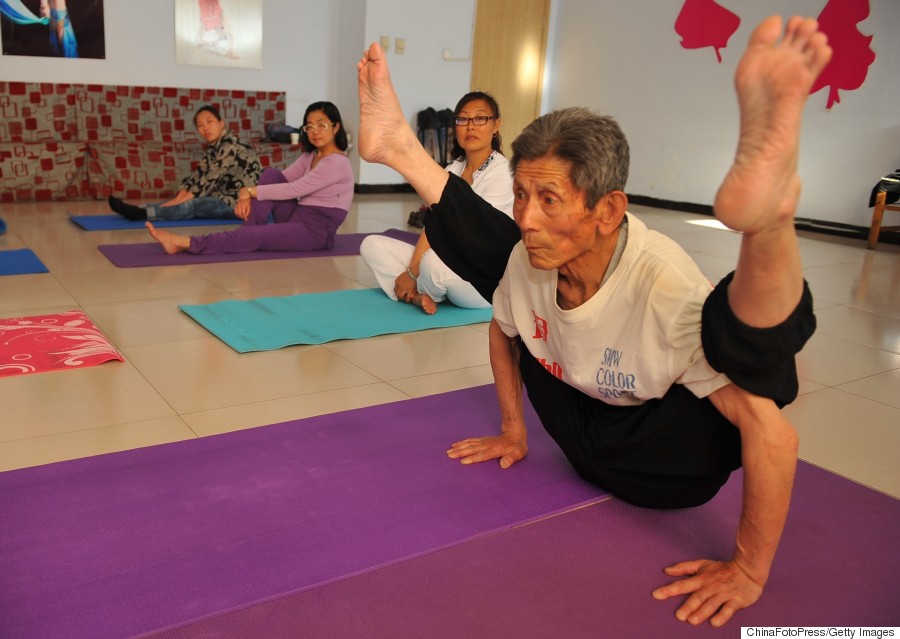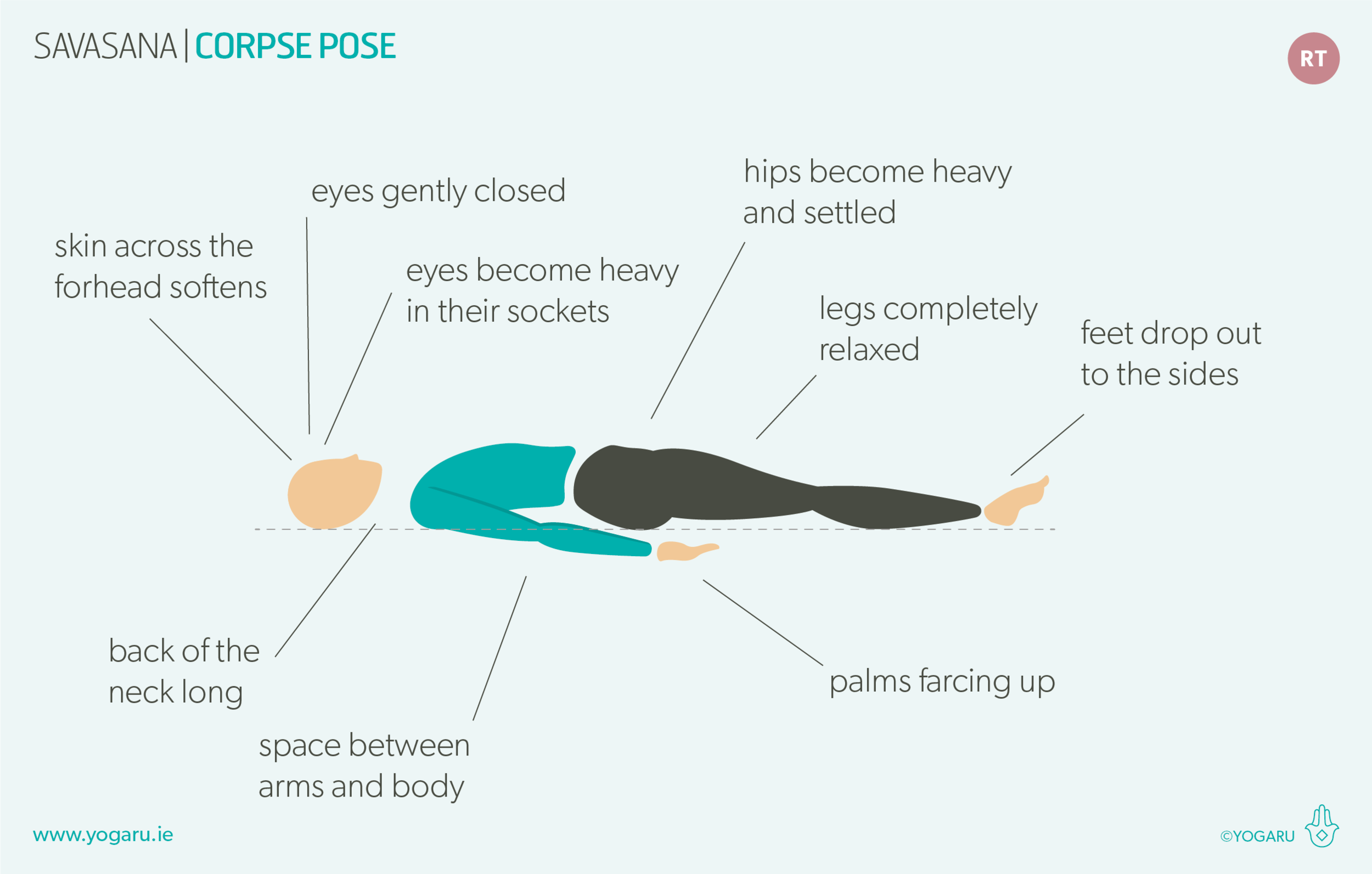
People desire to tone their bodies and look toned. They must do exercises that target specific body areas in order to achieve this. Common targets include the arms/shoulders, thighs, lower abdomen and thighs. There is no one exercise that can achieve a perfect balance and shape of these areas. Yoga can be used to tone different muscle groups making it a great choice for anyone looking to tone their whole body. This article will discuss how yoga can help with your goal.
Yoga can help you tone your body and promote a healthier nervous system. Even though you won't see immediate results, regular practice of yoga will help you to reach your goals. You will notice a change in your body if you start a regular yoga practice. Like any exercise, consistency is important. When incorporating new movements into the daily routine, a 30-minute benchmark is a good place for you to start.
The primary purpose of yoga is to improve flexibility as well as balance and strength. Many poses are targeted at specific areas and strengthen certain muscles. Paripurna Navasana (boat pose), is a popular one. It targets the lower back and strengthens abdominal muscles. Trikonasana (also known as the triangle pose) works the thighs and strengthens the thigh muscles. Other common poses include balasana, child's pose, downward-facing dog, and the four-legged staff.

Although the main goal of yoga should be to improve overall health and fitness, it shouldn't be considered a complete workout. A consistent yoga routine can help sculpt and tone your body. You may need to strengthen your muscles for some poses. Yoga will help you feel and look better. You will be amazed at the results.
High pushups and kneeling positions are the most common poses that strengthen your arms. These are not the only ways to tone your arms. The benefits of yoga can be seen if you practice it at least twice per week. In addition to improving flexibility, yoga can also improve mood and skin tone. Positive effects are more likely to be seen if you continue practicing.
Yoga is an excellent way to tone your body. Yoga uses your body’s weight as resistance to help tone your muscles. Yoga can be thought of as a cardio workout. Your body uses your own weight to resist it. You will see a difference in your legs, core, shoulders, and arms. It can also tone your whole body. This form of yoga should be combined with other workouts for the best results.
While the exact benefits of yoga can vary from person-to-person, the holistic approach to the practice helps to tone the body as well as lose weight. There are many benefits to yoga. Not only will you lose weight and burn more calories, but your body will also be toned. You will get the best results if you combine cardio and strength-based exercise. Your flexibility will also be improved. Your core muscles will be grateful that you practice yoga on a regular basis.

Yoga can tone your body regardless of your level. Yoga can help you lose weight and gain muscle. Yoga can help you lose weight and tone your body. You will also notice an improvement in your overall well-being and health. Yoga offers many benefits. Yoga not only burns fat, but it also promotes well-being.
Yoga can also help with proper posture. People with good posture look taller and younger. The more you exercise, the better your body will look. Yoga is a great way to improve your posture. Yoga can be a great option to improve your posture.
FAQ
Are There Any Benefits Of Doing Yoga?
Yoga has been popular since ancient times. It is now very popular among celebrities and even ordinary people who want to look fit and healthy.
Yoga is great for strengthening your muscles and stretching them. It calms you down and relaxes you.
Yoga is different from other types of exercise in that it focuses on breathing techniques.
You can practice various poses to improve your flexibility and balance.
How many calories should I consume daily?
The exact amount varies depending on the person. On average, you need 2000 to 2500 calories per days. You need to determine how many calories you need based on age, gender, height, weight, activity level, and lifestyle.
Cardio Exercise: Good or Bad for Your Health?
Cardiovascular exercise has many benefits. It improves blood circulation, strengthens your heart muscle, increases stamina, helps you lose weight, and gives you energy.
Cardiovascular exercise includes running, biking, hiking, swimming, tennis, basketball, soccer, volleyball, football, etc.
It is important to remember that cardio exercises should not be performed at high-intensity levels. Doing this could lead to injury.
Cardiovascular exercise should be done only if you feel well.
You should never push yourself beyond your limits. In this way, you may injure or even kill yourself.
Warm up is the best way to start cardiovascular exercise. Start slowly increasing your intensity.
Always listen to your body. If you feel pain when doing cardiovascular exercise, you should immediately stop.
It is also advisable to rest after a cardiovascular workout. This gives your muscles the chance to heal.
Cardiovascular exercise is essential for losing weight.
It is the most efficient way to lose weight and stomach fat.
How many times per week do I need to exercise?
It all depends on your time and the type of exercise that you enjoy. A general guideline would be moderate-intensity aerobic exercise 3 - 5 days a week. It is important not to overdo it. To get the best results from your exercise, it is important to be consistent.
Which exercises are best suited for me?
It all depends upon your fitness goals. Some people are more focused on endurance activities such as running, cycling and swimming. Others like lifting weights or using resistance band. There are so many different types of exercise programs available today. You can choose the one that best suits you.
Is Cardio Better Than Strength Training?
Both are equally effective. Cardio is better if you are looking to build muscle faster.
Cardio burns a lot more calories per minute that strength training and is more effective at burning fat.
Strength training is a great way to build muscle mass. However, it takes more effort than cardio.
Statistics
- Cardmembers earn 5% Back at Amazon.com with a Prime Credit Card. (amazon.com)
- 10 pounds in a month is likely during a lean bulking phase, especially for beginners. (muscleandstrength.com)
- By John Thompson Take a whopping 38% off a set of PowerBlock Pros. (menshealth.com)
- An estimated calorie range for moderately active adult males falls between 2,200 to 2,800 calories per day, depending on age. (eatright.org)
- Get free shipping and 25% off today. (healthline.com)
External Links
How To
How can I exercise to burn fat?
Exercise burns calories through increased metabolism and oxygen consumption.
You'll lose weight safely if you exercise at moderate intensity.
To burn fat while exercising, follow these tips:
-
Cardio exercises can include running, walking, swimming or cycling.
-
For 30 minutes, do it three times a week.
-
Strength training is a great way to lose weight.
-
Avoid intense exercise. You can build muscle without having to lose muscle tissue.
-
Keep hydrated during exercise. Water helps flush out toxins and keep your body properly hydrated.
-
After working out, make sure to drink low-fat proteins shakes. Protein shakes boost energy and repair muscle tissue.
-
Eat smaller meals throughout the day, so you don't feel hungry between meals.
-
Don't skip breakfast! Skipping breakfast can cause you to feel tired and sluggish.
-
Take care of your mental health. Stressful situations can slow metabolism.
-
Keep a positive attitude. Studies show that people who believe they are overweight gain more weight then those who think they are attractive.
-
Get enough sleep. Lack of sleep makes it harder to burn fat.
-
Active living is key. Keep moving every hour.
-
Maintain a healthy diet. Eating right keeps you feeling full and satisfied longer.
-
Find ways to relax. Your body won't release stress hormones that cause muscle tissue destruction if you have a tense mind.
A balanced diet contains all necessary nutrients for growth and development.
You should eat six small meals per day rather than three large ones. This gives your body the time it needs to process what you've eat.
For strong bones to be maintained, you need approximately 500mg of calcium per day. Calcium is available in dairy products like milk, yogurt, fortified soy beverages, orange juice, cereal, bread, and cereals.
Calcium comes from leafy green vegetables, beans, tofu, nuts, seeds, and cheese.
Vitamin D is required for calcium absorption. Vitamin D is found in eggs yolk, fatty fish and fortified foods.
Vitamin E is important for skin health. Vitamin E can be found in vegetable oils as well as wheat germ oil, peanuts and almonds.
Your body needs zinc to maintain normal immune function and heal wounds. Zinc is found in seafood, oysters legumes meats, whole grains, whole grains and meats.
Zinc deficiencies can lead to fatigue, decreased appetite, depression, and reduced immunity.
Insulin resistance is caused by eating too much sugar, which can increase blood glucose levels. Insulin resistance leads directly to weight gain.
When there is a high level of free radicals, insulin resistance can develop. Free radicals can be molecules with unpaired electrons that cause damage to cell membranes.
Most free radicals come from pesticides herbicides, food additives, preservatives smoking, radiation, chemical in cosmetics, lotions and household cleaning supplies.
Free radical damage can cause cancer, heart disease and diabetes, as well as arthritis, asthma, and other diseases.
Antioxidants are essential for preventing free radical damage. Antioxidants protect against oxidative damage.
Vitamin C (found on citrus fruits), Beta carotene, found in carrots and sweet potatoes, spinach and broccoli, cantaloupe (found in tomatoes, mangoes and peppers), and Vitamin E (found nuts, olive oil and avocados).
Selenium, manganese (and zinc) are other antioxidant nutrients.
Selenium is known to protect cells from the oxidative damage that free radicals can cause. Selenium may be found in Brazil nuts as well tuna, liver and kidneys. It can also be found on shrimp, cod, turkey, beef lamb, pork, chicken, and other foods.
Copper protects your eyes, brain, eyes and red blood cell. Copper is also found in poultry, meat, and organs.
Manganese plays an important role in bone structure. Manganese can be found in brown rice and spinach as well as bananas, prunes raisins, oatmeal, lentils, and oatmeal.
Zinc is necessary for average growth, reproduction, and wound healing. Zn can also be found in white fish, lean cuts of meat, poultry, and eggs.